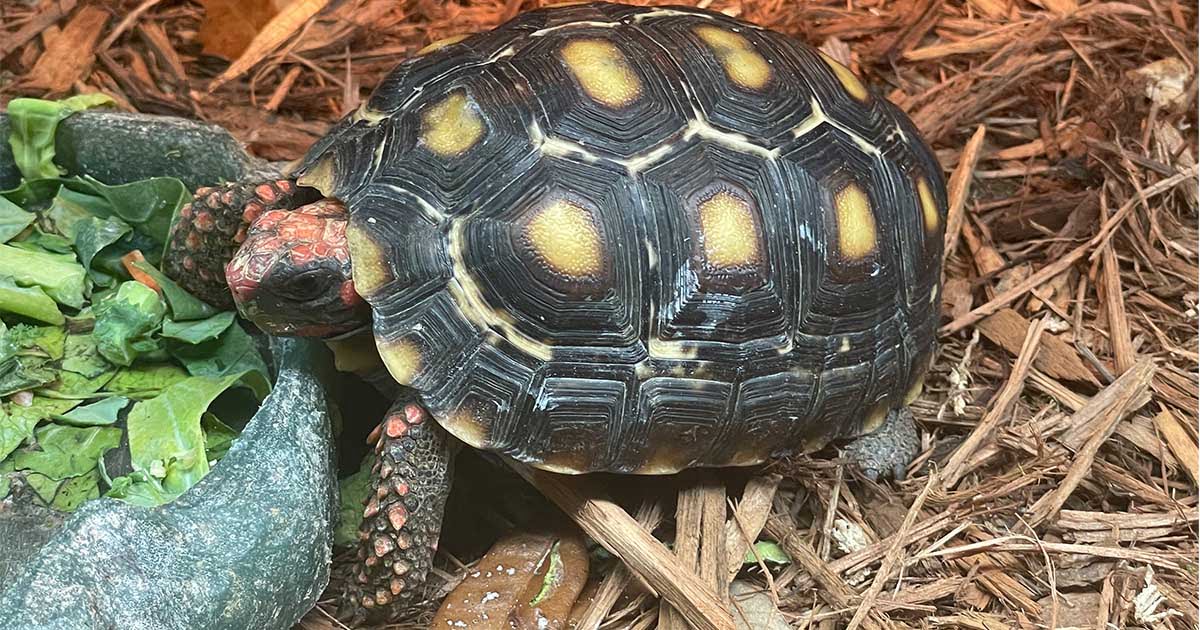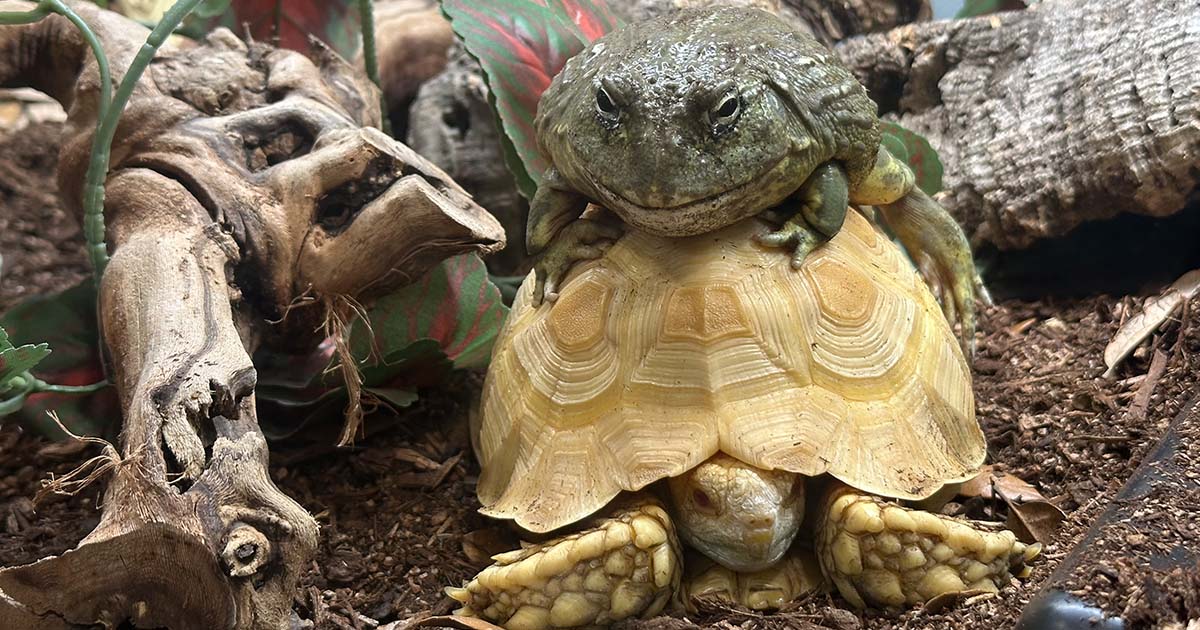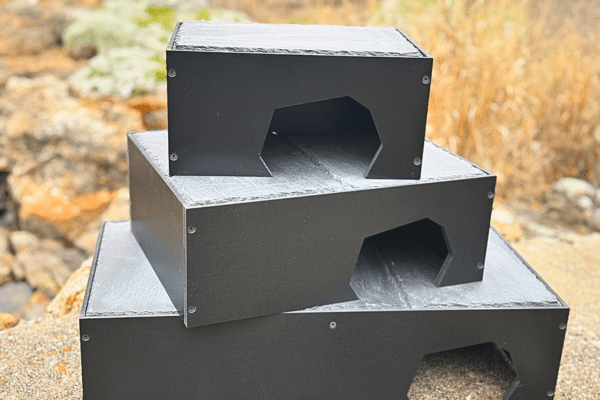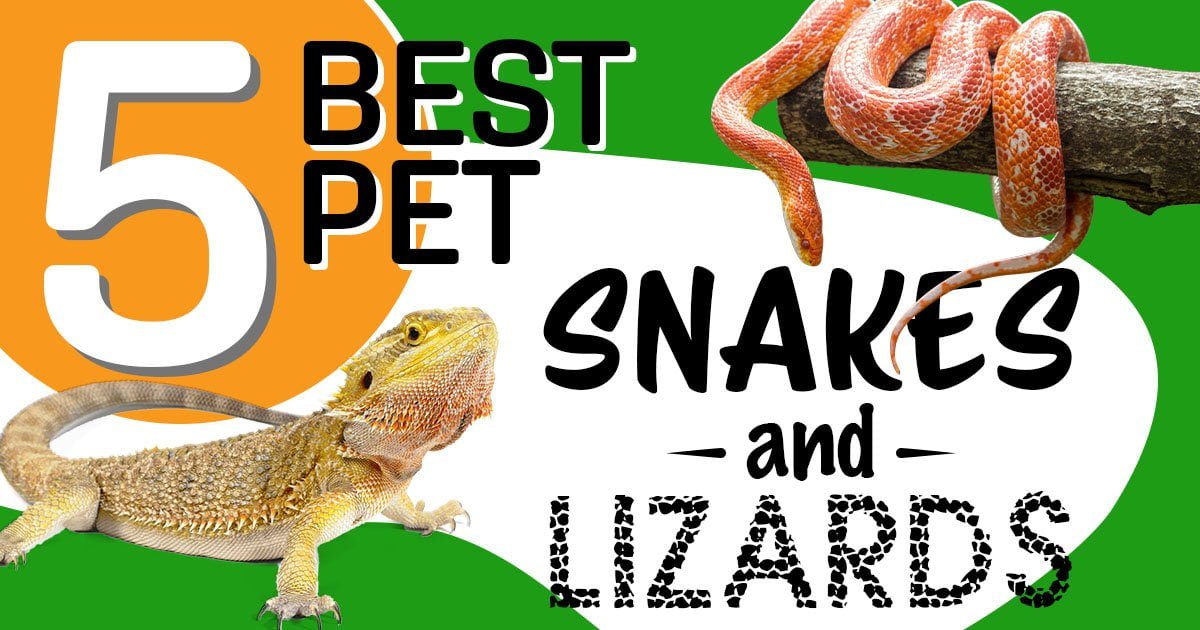Tortoises are a varied group of land dwelling reptiles known among pet keepers to make good companions. When properly cared for, various types of pet tortoise are quiet, adorable, low maintenance pets that don’t shed. However, that does not mean that these are “zero effort” or “inexpensive” animals.
If you are looking at different types of pet tortoise, this guide may point you in the right direction of which one to choose. Additionally, it may shed some light on what to think about before purchasing one.
Considerations Before Buying a Pet Tortoise
When looking at various pet tortoise types, it’s important to do your homework and see just what kind of care this animal is going to need. After all, you don’t want to make a commitment to an animal and find out that it may be a bit high maintenance for you. Before bringing home a new friend, you may want to consider the following:
Lifespan: As you are about to see, tortoises can live for a long time. In fact, you should prepare to pass down these animals onto your descendants in some cases. Regardless of which species you choose, you should understand that you may be caring for an animal for life.
Size: While many of the tortoise varieties on this list stay at a manageable size, some can grow to be 100+ lbs. In other words, they can be gentle giants or sweet and small pets that can fit in an apartment. Regardless, you should be sure that you have the space to accommodate such an animal. Of course, your pet’s size will also heavily influence how much you’re going to feed it on a daily basis.
Habitat: Not every tortoise is the same. In fact, some come from arid deserts while others inhabit tropical rainforests. Naturally, their setup will be dependent on the native climate. Owners should take factors such as temperature and humidity into special consideration. Regardless on if you’re keeping your tortoise indoors or out, you are going to need to make sure that it also has the proper amount of heating and UVA/UVB exposure.
Commonly Kept Pet Tortoise Types
Native to the Caribbean and various areas in South and Central America, these docile tortoises are well-known for their distinct black and red coloration and bumpy, concave shell. Despite the fact that this is not the most long-lived entry on this list, their average lifespan in captivity still reaches an impressive 50 years old. While they are primarily herbivorous, these tortoises will occasionally eat small invertebrates.
As is the case with most tortoises, the red-footed variety is never particularly active, preferring to spend 50% of its time in bed.
Sulcata Tortoise (Centrochelys sulcata)
Also known as the African-spurred tortoise, the sulcata carries the distinct honor of being the third largest mainland species of these reptiles. Originating from the southern region of the African Sahara desert, these animals beat the heat and dryness by burrowing through the ground in search of moisture.
Due to their exceptional size (with adults weighing in at over 100 lbs), this type of tortoise is not typically an indoor pet. Instead, they often reside in sturdy and spacious outdoor pens. Outside, they can safely acquire all of the UV rays they need.
Though we mentioned it earlier, we should emphasize that these animals have exceptionally long lives. They are capable of surviving upwards of 70-150 years in captivity. Your grandkids may very well inherit them.
Cherry Head Tortoise (Geochelone carbonaria)
This type of pet tortoise stand out as being among the smallest on this list. Growing to around 12 inches, they are certainly a more practical option for most casual pet owners. Because of this, you should handle this animal with care. However, you may also want to take their 50+ lifespan into consideration.
While these tortoises can tolerate temperatures ranging from 60-100 degrees, you should keep their enclosure at a more moderate range. If you live in a dryer climate, be sure to take care to keep the enclosure of this animal at a proper level of humidity. This is typically at around 70-80 percent.
Russian Tortoise (Testudo horsfieldii)
Indeed, these tortoises are found in the south of Russia. However, they are more common throughout central Asia and the Middle East. Even smaller than the already petite cherry head, the Russian tortoise stays at around 6-9 inches. As with many reptiles, females grow to be larger than males and can usually be found for sale as babies or adults.
Elongated or Hermann’s (Testudo hermanni)
Staying at a pocket sized 2-3 lbs and 5 inches, the Hermann’s tortoise makes for a popular pet due to its size. In other words, if you are looking for a tortoise for sale that will adapt well to nearly any living situation, this might be it. With the habitat of these animals ranges from the coasts of Spain to Greece, they inhabit a variety of environments. When laying eggs, the females prefer to lay their eggs in lush forests. There, dense vegetation can better hide and protect their eggs.
The appearance of these reptiles varies slightly depending on where you find them. The “western” subspecies is fairly colorful, while the “eastern” is a bit duller by comparison. Another unique trait of these reptiles is that they can have either four or five front claws.
Final Thoughts on the Best Pet Tortoise Types
When properly accommodated, tortoises for sale can make amicable, friendly family pets. However, it is important that you take the time to understand the needs of your animal. You will need to prepare yourself for what those needs are. As you become a more experienced reptile keeper, you should have little issue intuitively understanding your pet’s care requirements.
With all of the unique various pet tortoise types available, you are bound to find one that’s right for your home. Stuck on an aspect of tortoise care? Fret not. When stepping foot in the community, you will have the experience of a variety of reptile keepers on your side. With the assistance of forums and reptile conventions, you will always have a resource to turn to with questions or concerns.



